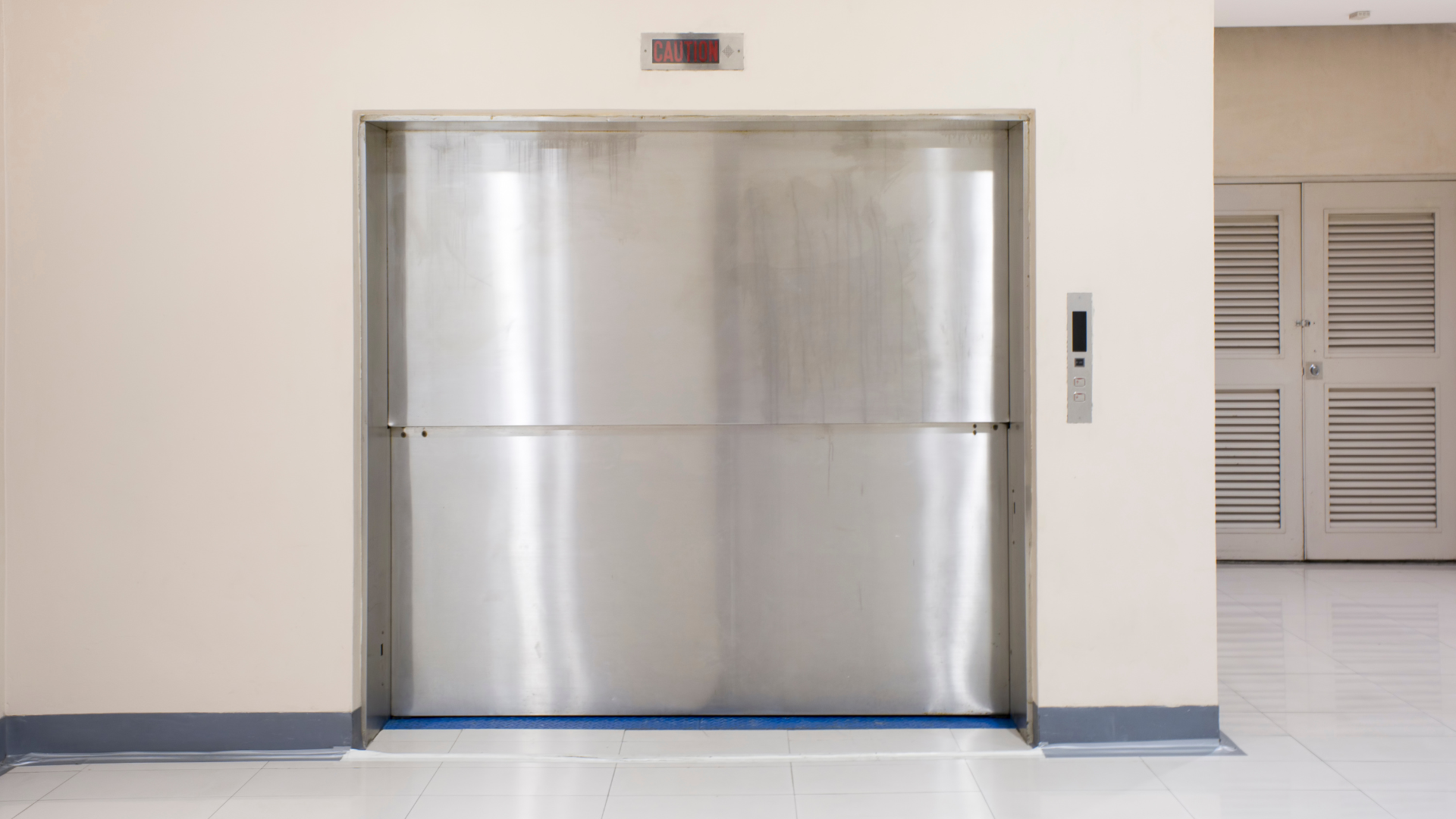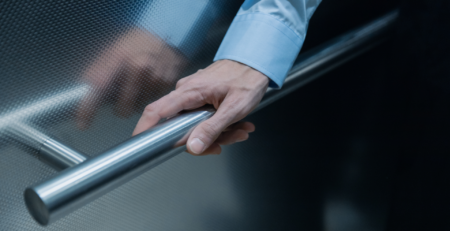Maintaining a Freight Elevator: What You Need to Know
Have you ever paused to consider the silent giants lurking in the backbone of our buildings? Freight elevators, these unsung heroes of vertical transport, bear the brunt of our logistical needs.
They often unnoticed until a hiccup in their operation halts our day-to-day activities. Their robust frames and intricate mechanisms handle the heavy lifting and quietly ensure that businesses run smoothly and efficiently.
This article sheds light on the vital role of a freight elevator by guiding you through the essential maintenance practices that keep it running. By understanding the nuances of their operation and care, we unlock the door to optimized performance and unparalleled safety.
Freight Elevator Basics
Freight elevators are vital to the smooth operation of many businesses. Especially those that involve moving heavy goods across different floors. Unlike passenger elevators, freight elevators are designed to carry heavier loads, often up to several tons.
They come in various types, including hydraulic and traction models.
Hydraulic elevators are commonly used in low to mid-rise buildings. This is due to their cost-effectiveness and simpler design, which involves a piston moving in a cylinder to lift the elevator car. Traction elevators, on the other hand, are suited for taller buildings and use a system of ropes and pulleys, powered by motors, to move the elevator car.
The key components of a freight elevator that require regular attention include:
- The hoist mechanism
- The elevator door
- Controls
- Safety features
The hoist mechanism is the heart of the elevator. It’s responsible for moving the car up and down. Regular maintenance is crucial to ensure it operates smoothly.
The elevator door is another critical component. It must always function correctly to prevent accidents and ensure the safety of the goods being transported.
Controls must be in perfect working order to accurately command the elevator’s movements. Finally, safety features like brakes and emergency stop systems must be regularly checked to ensure they function in case of an emergency.
The First Step to Prevention
Regular inspections are essential in maintaining the safety and efficiency of freight elevators. These inspections help identify wear and tear before it leads to major breakdowns. A thorough elevator inspection will cover all critical components to ensure they meet the current standards of operation.
Compliance with safety standards and regulations is not optional. It’s a necessity. Code compliance ensures that the elevator operates safely and efficiently to protect both the goods transported and the people who operate them.
Regular inspections are a key part of maintaining code compliance. They ensure that every component of the elevator meets the required safety standards.
An inspection might reveal issues like:
- Frayed cables
- Leaks in hydraulic systems
- Wear and tear on the elevator door mechanisms
Addressing these issues promptly can prevent more significant problems down the line, such as elevator downtime or, worse, accidents.
Thus, the role of regular inspections in the preventative maintenance schedule of a freight elevator cannot be overstated. They are the first line of defense against potential failures and ensure that freight elevators continue to operate smoothly, safely, and efficiently.
Essential Maintenance Practices
Regular maintenance practices include lubrication, part replacements, and operational tests. Each of these tasks plays a vital role in keeping the elevator running smoothly.
Lubrication is one of the most straightforward yet critical maintenance tasks. Just like a car needs oil to run smoothly, a freight elevator needs its moving parts lubricated to prevent friction and wear.
This includes:
- The hoist mechanism
- Pulleys
- Any bearings
Proper lubrication reduces the risk of breakdowns and extends the lifespan of these components.
Part replacements are another key aspect of maintenance. Over time, parts of the elevator will wear out and need replacing. This could include anything from a small switch to a major component like the motor or cables.
Replacing these parts before they fail is essential to prevent unexpected downtime and potential safety hazards. Regular inspections can help identify which parts are nearing the end of their life.
Operational tests are performed to ensure that the elevator is functioning correctly. This includes testing:
- The elevator’s speed
- The smoothness of its ride
- The proper operation of the doors and safety features
These tests can uncover potential problems that might not be visible during a regular inspection.
Identifying signs of potential problems is an ongoing task. Paying attention to unusual noises or a slow operation can be early warnings of issues. A grinding noise might indicate a lack of lubrication, while a delay in starting could signal an electrical problem.
Modernization and Upgrades
Modernizing your freight elevator is a smart move for several reasons. Over time, elevator technology improves. New technology can offer:
- Better performance
- Enhanced safety features
- Greater energy efficiency
If your freight elevator is older, it might not meet the latest safety standards or be as efficient as it could be. Modernizing can address these issues and make your elevator safer and more cost-effective to operate.
One of the main reasons to consider modernization is to improve performance. Newer elevators are faster and more reliable. they reduce wait times and increase productivity.
Safety is another critical factor. Modern elevators come with advanced safety features like improved brake systems and more reliable door mechanisms, which are vital for preventing accidents.
Energy efficiency is an additional benefit of modernization. Newer models use less power, thanks to more efficient motors and control systems. This can lead to significant savings on your energy bills.
Upgrading your elevator can also include installing modern fixtures and finishes, improving the aesthetic appeal, and potentially increasing your property’s value.
The Backbone of Business Efficiency
In this exploration of freight elevator maintenance, we’ve uncovered the critical steps to ensure their optimal performance and safety. From the rigorous demands of regular inspections to the meticulous attention to detail in every lubrication and maintenance log entry, the care of your freight elevator is paramount.
City Elevator of Michigan stands at the forefront of ensuring that your vertical transportation needs are met with the highest standards of professionalism and expertise. As the largest independent elevator company in our area, our commitment is to your safety and efficiency. For unparalleled service and expertise, reach out to us today.

Sam Bruno is the driving force behind City Elevator, elevating the standards for elevator installation, maintenance, and modernization services. With an extensive background in mechanical engineering and a deep understanding of elevator systems, Sam has positioned City Elevator as a trusted provider of innovative and safe vertical transportation solutions. His commitment to excellence and safety ensures that every project delivers not only on functionality but also on reliability and design, enhancing the user experience for buildings of all types.






